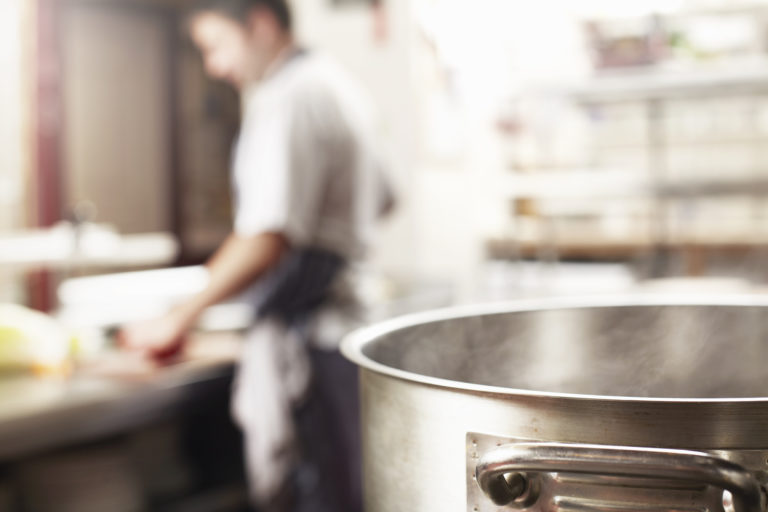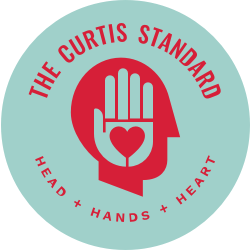No industry has been hit as hard by the economic effects of COVID-19 as the foodservice industry. We know because we’ve been here right along with you — helping caterers and venue owners adapt to a world where social distancing and other safety precautions might be the norm for a while.
Whether you’re catering a country club wedding or an outdoor food truck event, providing a safe, enjoyable dining experience doesn’t have to be stressful. Set yourself up for success with these helpful tips and products.
1. Check employee temperatures without contact.
Safe catering starts with you and your team. This CDN Non-Contact Forehead Thermometer uses infrared technology to scan body temperature and give a reading in one second. The Muscleman of Technology, Bruce Pechman, recently recommended it on Good Morning San Diego as a great choice for restaurants because it is medical-grade, quick and contact-free.
2. Offer complimentary face masks.
We’re all still getting used to wearing face masks so some customers might forget or be unclear about the rules. Avoid an awkward conversation by offering a free mask to wear. Disposable masks are much less expensive and easier to find than they used to be.
3. Offer spacious seating.
Avoid filling your guests’ photos with signs or empty seats. Remove a couple chairs from the table or reduce the amount of tables in the room. Give space for social distancing rather than visual clutter and reminders of the global pandemic.
4. Handle silverware differently.
For buffets, silverware should be individually wrapped and ideally, offered after they have been through the service line. For full service, place silverware as you deliver the food to help prevent contamination from other guests.
5. Staff drink stations and update drink dispensers.
Look for creative ways to limit contact at beverage stations. Drink stations should be manned with someone to fill ice cups. If you don’t have no-touch drink dispensers, most dispensers can be converted with the FMP Hands Free Beverage Faucet Push Adapter. Canned sodas and bottled waters could offer a fun branding opportunity while also preventing beverage contamination.
6. Use sneeze guards and serving stations.
For buffet lines, use portable sneeze guards for added protection. If space allows, offer more than one buffet line or multiple serving stations and enough room between them to provide proper social distancing. Whenever possible, have a staff member serve from the buffet with gloves to avoid having guests handle the utensils.
7. Offer sanitation stations.
Buffets should have sanitation products at the beginning and end of the buffet line. A station at the front of the venue and near the bathrooms, dressed up or branded, can also help encourage hand washing and sanitizing to decrease the spread of germs.
8. Make self-service safer.
If you offer self-serve options, consider having cheap poly-disposable gloves available at the front of the line for guests to handle buffet utensils and a wastebasket to throw them away at the end of the line. Offer pre-portioned food and use disposable containers wherever possible. Individually wrapped desserts or pre-packaged salads offer a grab-n-go solution that minimizes contact.
9. Consult the experts.
If you need help re-imagining your kitchen or venue to accommodate safety and social distancing guidelines, Curtis Consultants can help. Whether you need advice or need to update equipment, we have the experience to help you make smart choices that will save you money and hassle in the long run. Do you have a tip or product that is helping you adjust? Let us know!





Leave a Comment